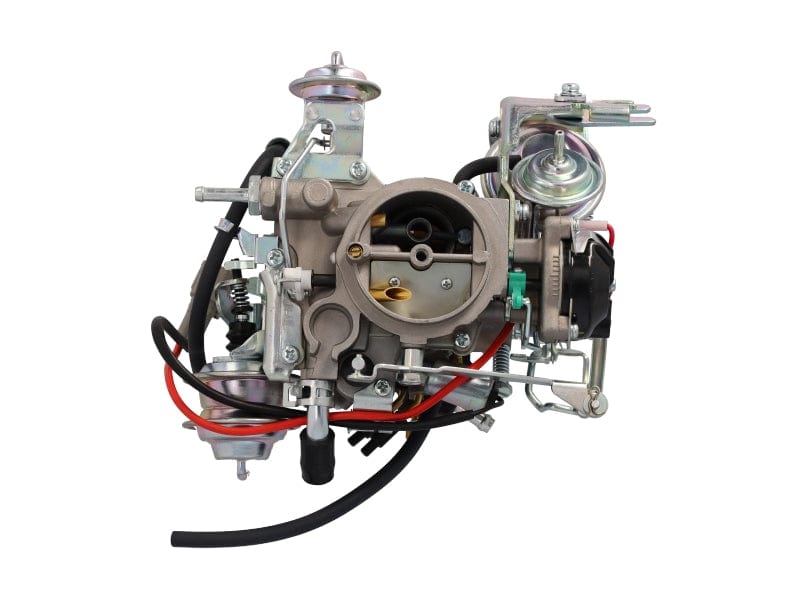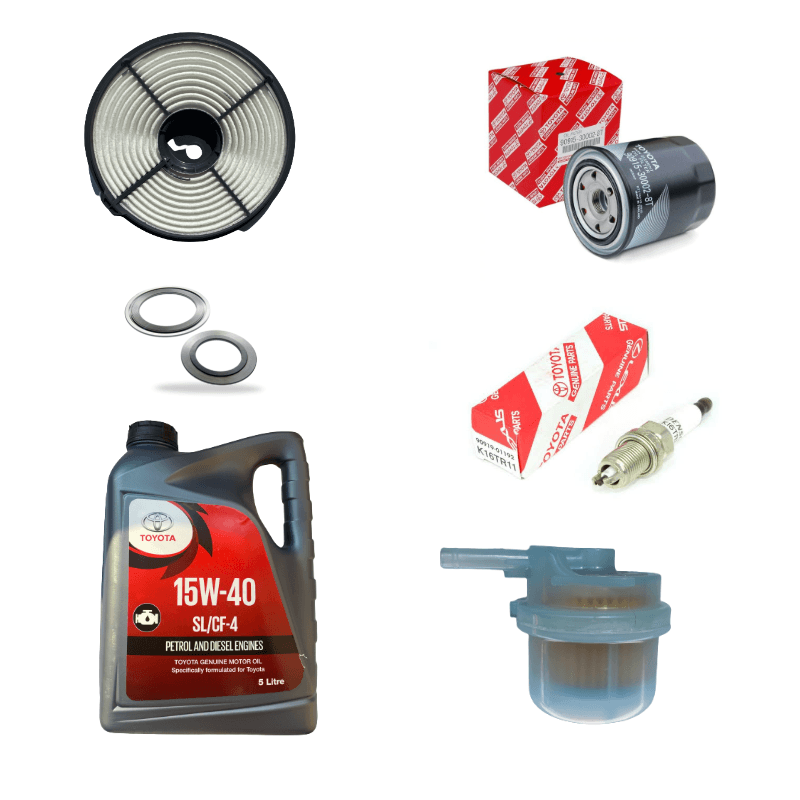Discover the current Fads in Engine Innovation Via Tazz
In the rapidly evolving landscape of automotive innovation, Tazz stands at the center, highlighting considerable improvements in engine systems that focus on both innovation and sustainability. tazz. From crossbreed engines that optimize gas efficiency to the introduction of hydrogen gas cells, the trends shaping contemporary powertrains are not just boosting performance yet additionally attending to critical environmental difficulties. As the industry remains to press limits, it is important to take into consideration just how these advancements will certainly affect future transportation options and the wider implications for worldwide power intake. What lies in advance in this crucial improvement?
Crossbreed Engine Innovations
Crossbreed engine technologies represent a pivotal shift in automotive modern technology, integrating the benefits of interior combustion engines with electrical propulsion systems. This combination not just enhances fuel performance however additionally reduces discharges, conference significantly strict ecological regulations. By making use of both energy sources, hybrid engines can enhance efficiency, providing power when needed while saving fuel during much less demanding motoring conditions.
Recent developments in crossbreed modern technology consist of improvements in battery effectiveness and regenerative braking systems. These innovations permit greater energy recuperation throughout slowdown, which can be redirected to aid in acceleration or power auxiliary systems. Producers are concentrating on lightweight products and compact styles to take full advantage of the efficiency of hybrid powertrains.
The development of plug-in hybrids has actually also broadened the market, enabling motorists to bill their cars using standard electrical outlets. This attribute commonly enables considerable all-electric variety, further reducing dependancy on traditional fuels. tazz. As the vehicle market remains to develop, hybrid engine modern technologies are expected to play a vital role in connecting the void in between traditional lorries and totally electric models, giving a transitional option that satisfies varied customer requirements and preferences
Advances in Electric Powertrains
The automobile landscape is quickly developing, with electrical powertrains becoming a leading pressure in sustainable transport. Developments in electric lorry (EV) innovation are considerably enhancing performance, customer, and effectiveness experience. Trick advancements consist of improvements in battery chemistry, which have actually boosted power thickness, reduced charging times, and extended overall battery life.
Solid-state batteries, as an example, guarantee to revolutionize the market by providing better security and performance contrasted to typical lithium-ion cells. Developments in regenerative stopping systems are making it possible for vehicles to recuperate energy throughout deceleration, contributing to total efficiency.
Along with battery modern technology, electrical motor styles are becoming a lot more sophisticated. Technologies such as integrated motors and advanced thermal administration systems are aiding to enhance power shipment and reduce weight, eventually improving vehicle dynamics.

Jointly, these advancements underscore the dedication to shift towards cleaner, extra efficient transportation services, placing electric powertrains at the center of auto advancement.
The Rise of Hydrogen Gas Cells
Progressively, hydrogen fuel cells are gaining grip as a feasible alternative to traditional inner combustion engines and battery electric automobiles. This technology harnesses the chemical energy kept in hydrogen, converting it into electrical energy through an electrochemical response with oxygen. The key result of this procedure is water, making hydrogen gas cells an eco-friendly option with zero emissions at the tailpipe.

Car manufacturers are increasingly investing in hydrogen gas cell innovation, recognizing its capacity for long-range applications and fast refueling capabilities that equal traditional fuels. Additionally, markets such as sturdy transportation and public transportation are specifically well-suited for hydrogen gas cells, where battery electrical options may fail as a result of weight and range limitations.
As research and financial investment proceed to expand, hydrogen gas cells are poised to play a substantial duty in the future landscape of tidy transport and energy services.
Enhancements in Internal Combustion Engines
Developments in internal burning engine (ICE) additional reading technology are changing typical automobiles to fulfill modern environmental standards and performance expectations. Among the most considerable improvements includes the integration of advanced gas shot systems. These systems enhance the air-fuel combination, boosting burning performance and leading to reduced emissions. Direct gas shot, for example, enables for much better atomization of gas, leading to even more full burning and enhanced power outcome.
Additionally, turbocharging has acquired prominence, permitting smaller sized engines to supply greater efficiency without the weight of larger engines - tazz. This modern technology not just enhances efficiency but additionally adds to lower fuel intake. Variable shutoff timing systems are likewise being improved, making it possible for engines to adjust to numerous driving problems for boosted torque and responsiveness
Moreover, the use of light-weight products in engine building is becoming typical, additional enhancing fuel performance by minimizing total automobile weight. Engine control units (ECUs) are significantly advanced, enabling real-time changes that optimize efficiency and exhausts.
These enhancements jointly symbolize an essential change in ICE innovation, aligning with global sustainability objectives while still offering the performance drivers get out of their vehicles. As the market evolves, these enhancements remain to shape the future of standard automobile design.
Future Patterns in Engine Effectiveness
Substantial advancements in engine performance are expected as manufacturers focus on incorporating sophisticated technologies to satisfy rigorous ecological guidelines and customer demands. The shift in the direction you can try this out of electrification, hybrid systems, and alternative fuels is improving the auto landscape, driving developments that improve fuel economic situation and reduce discharges.
Among the vital trends is the execution of advanced materials and making strategies. Light-weight composites and high-strength alloys add to reduced automobile weight, hence enhancing overall performance. Additionally, the adoption of turbocharging and variable shutoff timing technologies enables enhanced power outcome from smaller sized engines, additionally boosting fuel economy.

Final Thought
Innovations in crossbreed engine systems, electric powertrains, and hydrogen fuel cells demonstrate a dedication to decreasing emissions while enhancing efficiency. Improvements in internal burning engines and an emphasis on lightweight products add to general engine efficiency.
From crossbreed engines that enhance fuel performance to the introduction of hydrogen fuel cells, the trends forming modern-day powertrains are not just enhancing performance yet likewise resolving important page ecological difficulties.Hybrid engine technologies represent an essential change in automobile technology, integrating the benefits of interior burning engines with electrical propulsion systems.Furthermore, turbocharging has actually obtained importance, allowing smaller engines to deliver greater performance without the weight of bigger engines. Furthermore, the fostering of turbocharging and variable valve timing innovations allows for improved power result from smaller sized engines, even more boosting gas economy.
Improvements in interior combustion engines and an emphasis on light-weight materials contribute to overall engine efficiency.